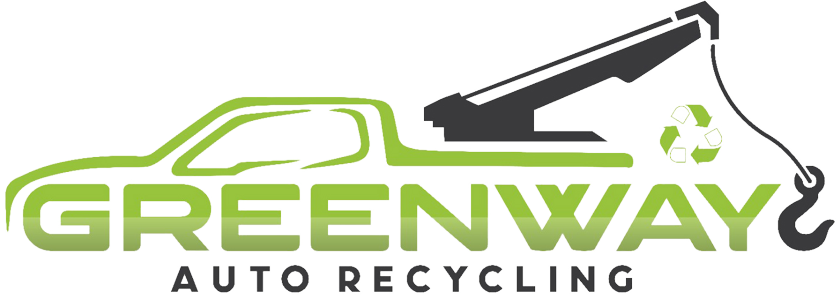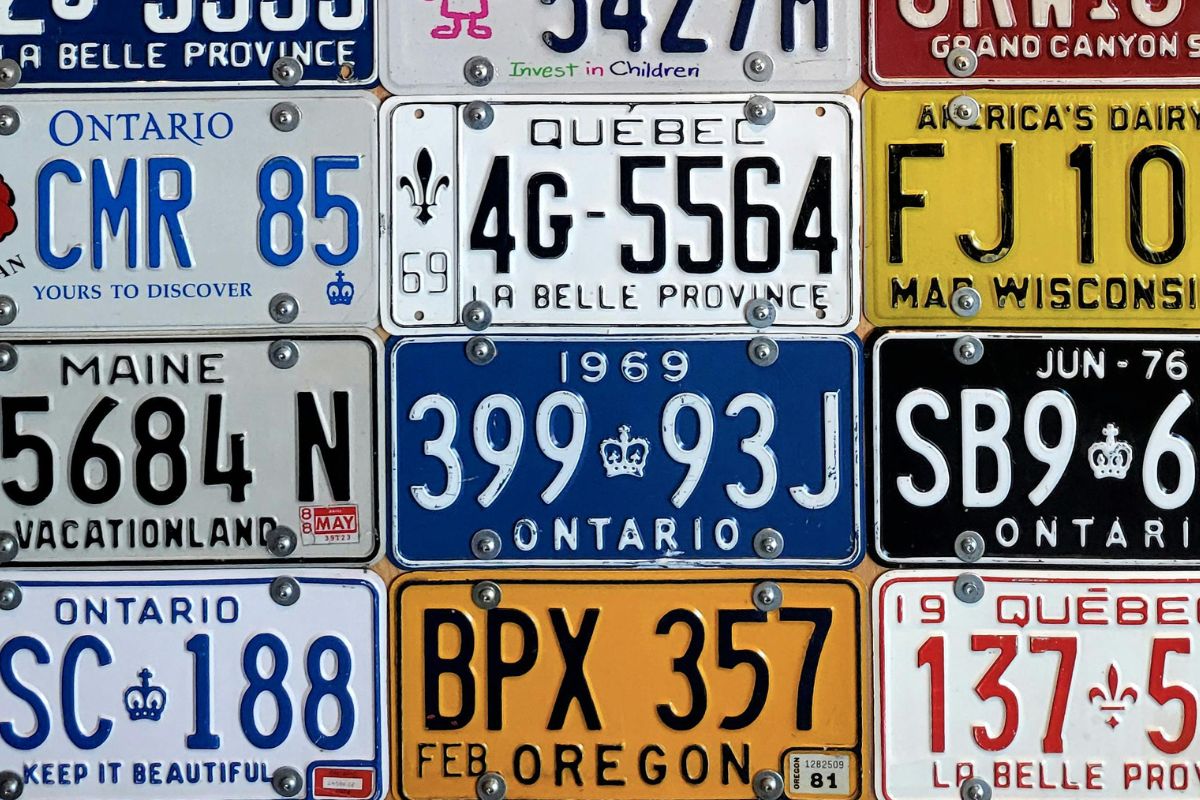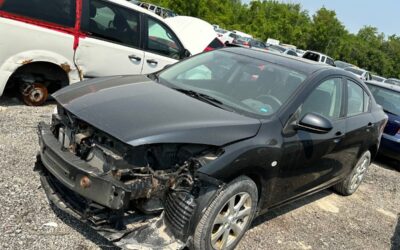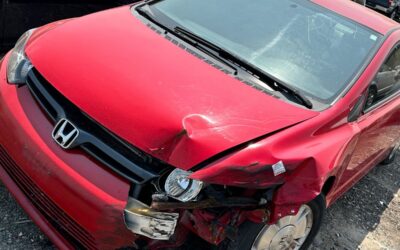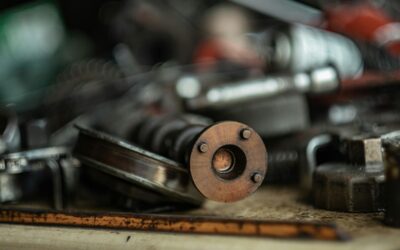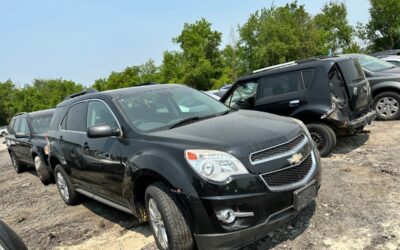Introduction
Every vehicle has a unique identity stored in a 17-character code known as the Vehicle Identification Number (VIN). Just like a fingerprint, no two vehicles can have the same VIN. This code has specific details such as where the vehicle was built, the manufacturer, and the type of model or engine.
If you’re in Ontario and plan to scrap, insure, or sell your vehicle, decoding the VIN is a crucial first step to verifying ownership, getting to know your vehicle better, and making sure all your records are correct. Continue reading if you want to learn how to decode your VIN and why it matters when dealing with scrap cars.
Where Can You Find the VIN?
Your vehicle’s VIN appears in multiple locations, and it’s important to ensure it matches the number listed on your ownership paperwork. The first location is on the dashboard. If you look at the leftmost part of the windshield, you will see a dash with either a metal plate or a sticker that has the 17-character VIN printed on it. The second easiest place will be inside the driver’s door frame.
When you open the driver’s door and look at the edge of the frame or pillar, you’ll find a white label showing the VIN, tire pressure, and manufacture date. You will also find the VIN on the ownership documents, the registration documents, and your insurance card or insurance policy.
Some automakers place the VIN inside the engine bay or under the hood, often near the oil label or components. In some cases, the VIN may be in the infotainment system or under vehicle settings on newer models. Always check that the VIN on the vehicle is the same as on the paperwork; this is an important reference for when you transfer ownership, register a vehicle, or scrap a vehicle in Ontario.
The Importance of VIN in Ontario
In Ontario, the VIN plays a vital role in many automobile-related functions. It helps to:
-
- Legally transfer ownership
- Verify that a vehicle is not stolen
- Establish vehicle recalls
- Register/deregister a vehicle
- Confirm proper disposal/plate return
When scrapping your vehicle, Ontario law requires proof of ownership — this can only be verified by matching the VIN on the vehicle with your vehicle permit or registration. Without a valid VIN, many licensed scrapyards, including Greenway Auto Recycling, will not accept the vehicle.
Also Read: How do I prove ownership of a car in Canada?
What is the Structure of VIN?
A VIN is always composed of 17 characters. A VIN includes letters and numbers but excludes I, O, and Q to avoid confusion with 1 and 0. Here is how the VIN is composed:
1. World Manufacturer Identifier (WMI) – Characters 1 to 3
These show the country, manufacturer, and vehicle type.
-
- 1, 4, 5 = USA
- 2 = Canada
- 3 = Mexico
- J = Japan
- W = Germany
For example, a VIN starting with “2HG” indicates the vehicle is a Honda manufactured in Canada.
2. Vehicle Descriptor Section (VDS) – Characters 4 to 9
This part gives details about the model, body style, engine type, and transmission.
-
- A compact car may use codes like “AB123”
- A pickup truck may show “TRK98”
The 9th digit is a check digit used to confirm the VIN is valid.
3. Vehicle Identifier Section (VIS) – Characters 10 to 17
This shows the year, plant location, and production number.
-
- The 10th character is the model year (e.g., A = 1980, Y = 2000, 3 = 2003)
- The 11th character shows the factory location
- The last six numbers are the vehicle’s serial number
This section reveals when and where the vehicle was manufactured, along with its unique serial number.
How to Decode a VIN Step-by-Step?
Let’s say you have this sample VIN: 2HGFB2F50FH123456
Here’s how to read it:
-
- 2HG = Honda made in Canada
- FB2F5 = Honda Civic sedan with a specific trim and engine type
- 0 = Check digit
- F = Model year 2015
- H = Assembled in Alliston, Ontario
- 123456 = Production number
- 2HG = Honda made in Canada
How Does VIN Help When Scrapping a Car?
In Ontario, when you’re scrapping a vehicle, you will need to present the ownership papers and verify that the VIN matches the ownership papers. A valid VIN:
What Happens if the VIN is Missing or Altered?
If your VIN plate has been scratched off, removed, or doesn’t match your paperwork, it raises immediate red flags. In Ontario:
-
- The Ministry of Transportation won’t approve a transfer or deregistration
- The scrapyard may refuse the vehicle
- There may be legal implications if it seems suspicious
What Info Can You Get from a VIN Check?
Here are some key things a VIN check can show:
-
- Accident and damage history
- Insurance claims
- Past ownerships
- Recall alerts
- Vehicle specs (engine, trim, body style)
- Whether it was declared as salvage or rebuilt
This information is valuable when buying or scrapping a used car in Ontario. It helps you avoid bad deals and ensures full transparency.
How VINs Help Prevent Fraud in Ontario?
Stolen or rebuilt vehicles often come with fake or altered VINs. Ontario authorities use VINs to track such cases. Here’s how VIN decoding protects Ontario car owners:
-
- Avoid buying a stolen car
- Helps detect odometer fraud
- Confirms if the car was rebuilt or written off
- Verifies title and registration status
Does a VIN Affect the Scrap Car Value?
Yes, indirectly. Your VIN provides scrap yards with your car’s exact model, year, and engine details, which affect:
-
- Metal weight and type (aluminum, steel, etc.)
- Parts resale potential (engine, doors, etc.)
- Overall condition (based on age and model)
Conclusion
Your Vehicle Identification Number (VIN) isn’t just a random mix of letters and numbers. It is the key to your vehicle’s identity. You could be researching your vehicle’s history, verifying some facts for insurance purposes, or preparing to scrap the vehicle. If you know how to decode a VIN, it can save you time and the potential costs of making a mistake.
If you live in Ontario and are getting ready to get rid of your old or damaged car, contact Greenway Auto Recycling. Our team ensures safe handling, quick service, and environmentally responsible disposal of your car and license plate. Contact us today and get a quote to quickly remove your scrap vehicle.
